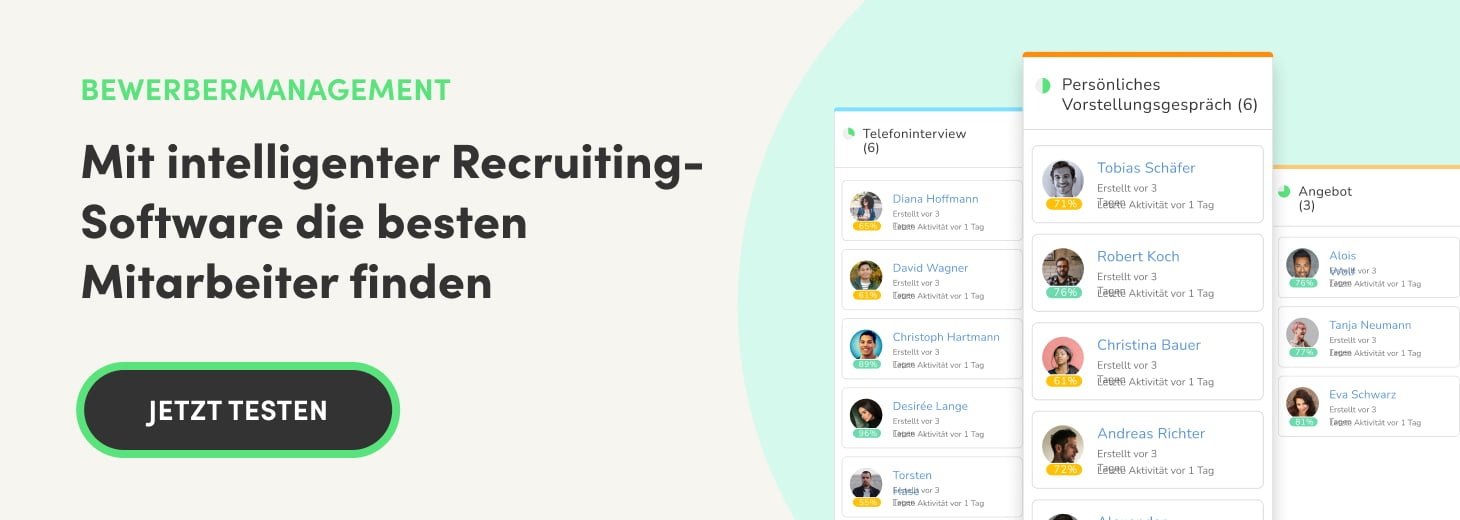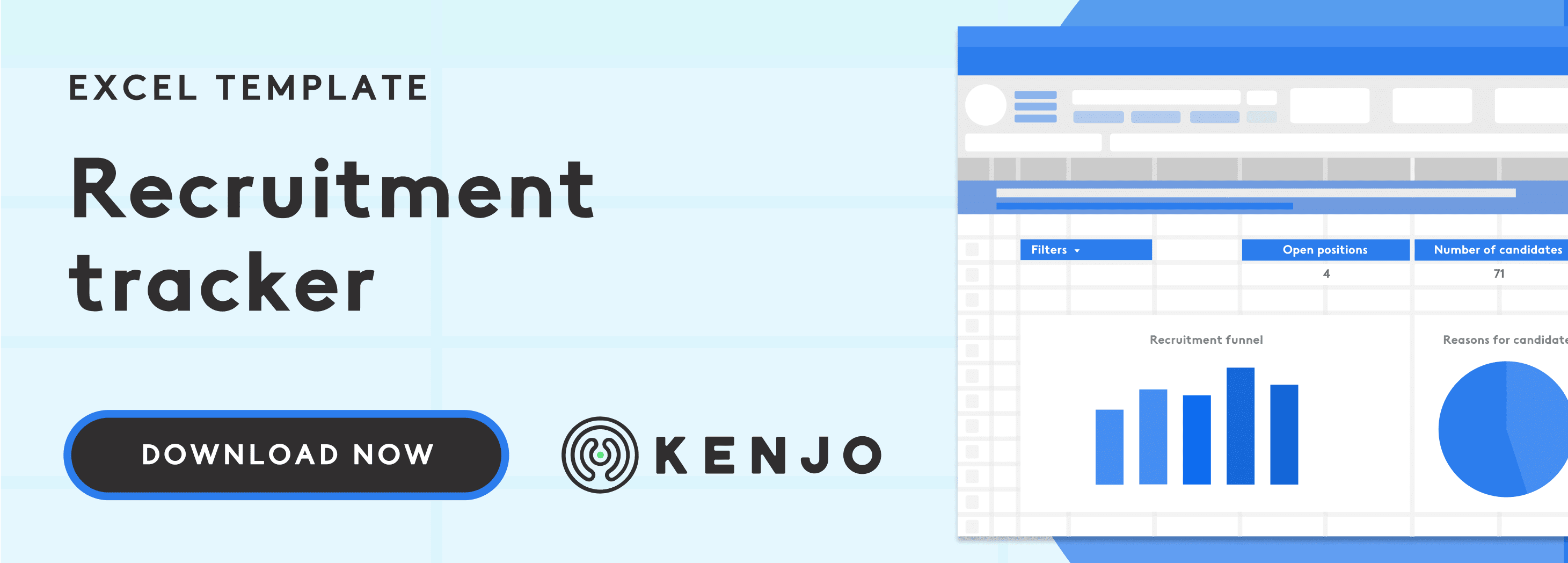Gone are the days when you could sit back and wait for job candidates to come knocking at your door. These days, companies are working hard to attract professionals in their sector organically through inbound recruiting, a new, more subtle recruitment method focussed on the candidate.
We’ll explain what it involves, the benefits it offers, the different stages, and some tips for implementing inbound recruiting.
The definition of inbound recruiting
Inbound recruiting is a new staff selection method centred on the candidate in which the company tries to attract, engage, and recruit them within a short timescale. It’s an innovative and highly effective model.
The technique is based on inbound marketing strategies, which, in the same way, implement non-intrusive tactics to attract the consumer naturally without the sales pressure. The aim is to accompany them as they are gently guided towards a purchase.
Similarly, inbound recruiting tries to:
- Attract suitable talent.
- Convert them into candidates efficiently.
- Engage them during the process.
- Hire them more quickly.
- Convert employees into company promoters.

The benefits of inbound recruiting
Today’s increasingly competitive recruitment market sees companies jostling to secure the best talent. But some are now using inbound recruiting to avoid the melee, turn the tables, and have professionals vying to work for them. The advantages are evident:
- Attracting preselected talent who are engaged with the company.
- Converting talent into candidates more efficiently.
- Time and cost savings in the selection process.
- Increased hiring success rate.
- Enabling us to operate a global brand strategy.
- Creating an affinity between the candidate and recruiter.
- Placing value on the company culture and its offering.
The difference between inbound recruiting and traditional recruitment
The main difference between inbound recruiting and the traditional model is the focus on the process itself.
Traditional recruitment, or outbound recruiting, involves companies advertising their offers on job portals and then waiting for candidates to apply. Some even contact professionals who fit the profile directly via LinkedIn. It is a more aggressive model and can often take a long time to bear fruit.
By contrast, inbound recruiting aims to attract candidates naturally, in many cases without any current vacancies. Professionals decide to submit their CV to the company because of its reputation in the sector, or because the organisational culture appeals to them, etc. In this way, there is a constant trickle of interested talent to turn to when a position becomes available. This, as well as the fact that the candidate has already displayed an interest in the organisation, shortens the process enormously.
The stages of the inbound recruiting method
The inbound recruiting strategy involves a long process of attracting and engaging the candidate. It starts at the moment the candidate becomes aware of the company until they become part of the team and are converted into a company ambassador.
This journey comprises a series of stages in which certain techniques are used to achieve the goals.
Stage 1: Attract
Attracting involves growing the number of visitors to your job page and, specifically, your job vacancies. However, it’s important that these visitors are professionals that match your target audience.
The best tool to achieve this is content. This means creating articles for your blog, your website, and social networks. The articles need to be useful, informative, and explain what it is like to work at your company, so that ultimately, they interest the candidates you are looking for.
Use the various channels you have at your disposal, create a communication strategy for each one and push your employer branding.
Stage 2: Convert
The aim of this phase is to convert the visits you received in the last stage into candidates. The key here is to:
- Convince them that they want to work at your company.
- Make it really easy to apply for positions or submit their CV.
The job and vacancies pages must be enticing, they must explain all the necessary details and invite candidates to apply. So, it’s important that the registration form is simple with as few fields as possible. Crucially, it has to be responsive, so the user can register from their mobile phone.
Every time you receive a new contact you can add it to your own talent database that you can turn to whenever a vacancy comes up.

Stage 3: Hire
In stage three the candidate becomes an employee. This involves closing the selection process, managing the application, interviews and hiring efficiently.
This part is critical, as managing the relationship poorly can ruin all the groundwork that has been prepared. The best option is to use recruitment software. This will help you sift through contacts, track which point each candidate has reached, and automate emails with notifications about the status of the process, etc.
Stage 4: Delight
There is no better endorsement than a happy employee who is content with their company. If they have been satisfied with their experience from day one, they won’t hesitate to recommend you to their contacts.
The same applies to candidates that are not selected. If they have been treated with respect during the process, they are sure to have good things to say about the company.
Focus on the details and make the candidate experience the best it can possibly be. Send out surveys and try to understand which aspects you could improve and how you can make this happen. You can’t have too much information.
5 tips to improve your inbound recruiting
As well as the inbound recruiting tactics we have already mentioned, here are some tips to make the process even more effective:
- Look after your image: develop a transparent communication strategy but be careful about the image you convey externally.
- Develop your value proposition and communicate it: explain what differentiates you from other companies, talk about your culture and what it’s like to work with you, your values, etc. Context and information are important for attracting candidates.
- Improve your visibility via marketing: improve your search engine ranking, work on your engagement on social networks, etc.
- Pay attention to the candidate’s experience: stay involved throughout the process, keep them up-to-date and treat them as if they are already part of the company.
- Pair inbound recruiting with onboarding: once a candidate becomes an employee, guide them through the induction and integration process as best you can.



